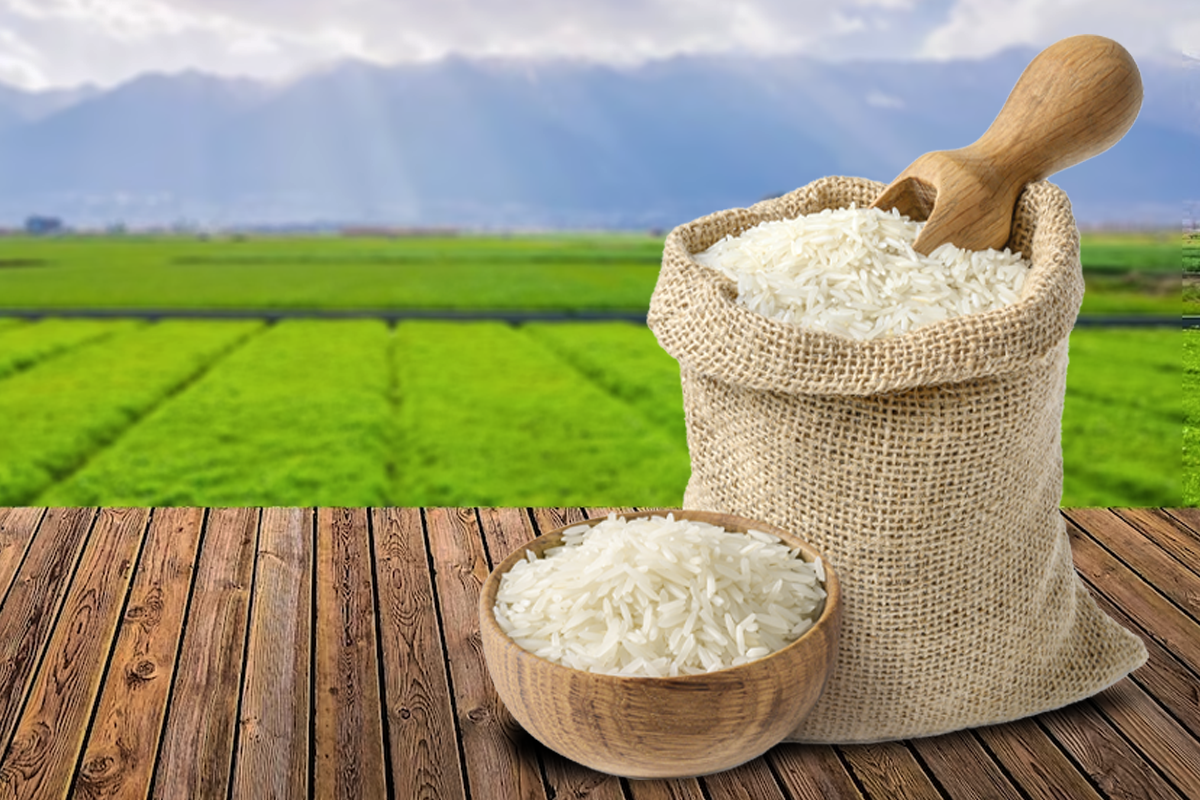FOOD COST PROTESTS HIGHLIGHT NEED FOR SUSTAINABLE SOLUTIONS
The ongoing civil unrest demanding urgent government intervention to address the escalating cost of food underscores the necessity for proactive measures to improve living conditions.
Historically, the beautification of urban centers through ornamental plant species aimed at preserving plant life and maintaining ecosystem balance. Shifting towards cultivation can achieve similar aesthetic goals with the added benefit of addressing food security challenges.
This approach finds success in African countries like Rwanda, which transformed its capital city, Kigali, by cultivating lands within and around the city. Urban agriculture, once an exception, is gaining global acceptance. Urban farmers, numbering around 800 million, contribute 15% of the world’s food supply while protecting the environment.
China’s urban farmers, until the mid-1990s, produced 90% of locally consumed vegetables and half of the meat and poultry in major cities. Even fully urbanized areas like Hong Kong and Singapore produce a significant portion of their food locally.
Abuja, situated in the Guinea Savanna region, offers fertile land for agriculture. The Gwagwa plains, where the city is located, provides an opportunity for a harmonious blend of agriculture and urban development.
However, the Abuja master plan currently limits agricultural development in urban areas, relying on neighboring states for food supply. Past attempts by skilled artisans to utilize green areas for agriculture were hindered by policies allocating these spaces for parks, leading to decreased food production and increased security concerns.
In light of the current food crisis, reconsidering urban agriculture within Abuja becomes imperative to enhance local food production, alleviate the food security challenge, and create a sustainable urban ecosystem.
ADDRESSING FOOD INSECURITY THROUGH URBAN AGRICULTURE
Given the pressing challenges of rapid urban population growth, escalating food costs, and increasing food insecurity, it is imperative to integrate agricultural activities into urban areas. This approach aims to supplement the food needs of the growing population and harness vast arable lands for green development—a controlled and systematic agricultural model offering numerous benefits such as enhanced food production, improved aesthetics, additional employment, and environmental protection.
In areas, particularly around stream valleys, where soft landscaping is required, a departure from low-value grasses to cultivating a mix of vegetables and flowers through irrigation is proposed. For spaces requiring hard landscaping, introducing orchids for tree crops like oranges, guavas, cashews, mangoes, and others can be considered, contributing to efforts against desertification.
The Federal Capital Territory’s (FCT) ecological location uniquely positions it for cultivating diverse crops, engaging in agro-forestry, and offering opportunities for fisheries, wildlife, and recreational activities. Despite the existence of stream valleys suitable for urban agriculture, they remain largely unused. The suggestion is to review areas committed to other forms of green development and explore the advantages of those not yet allocated.
A recent circular from the presidency emphasized the need to enhance food security nationwide. To align with this directive, it is recommended that the Federal Capital Territory Administration (FCTA) assess stream valleys and other suitable green areas within and around the city, including satellite towns, through agronomic testing. This evaluation should determine the suitability of these areas for urban agriculture, identify the most suitable crop species, and formulate deliberate policies to encourage and support such initiatives.
Tpl. Umar Shuaibu FNITP; From the News Source: DailyTrust

